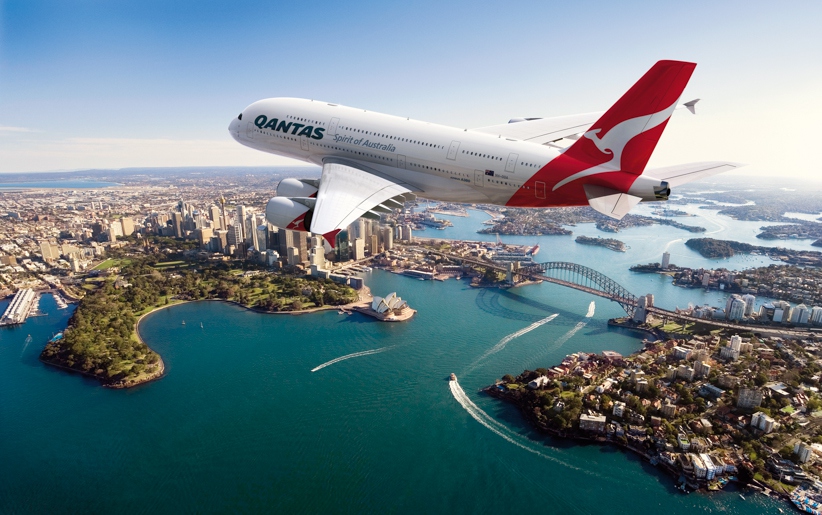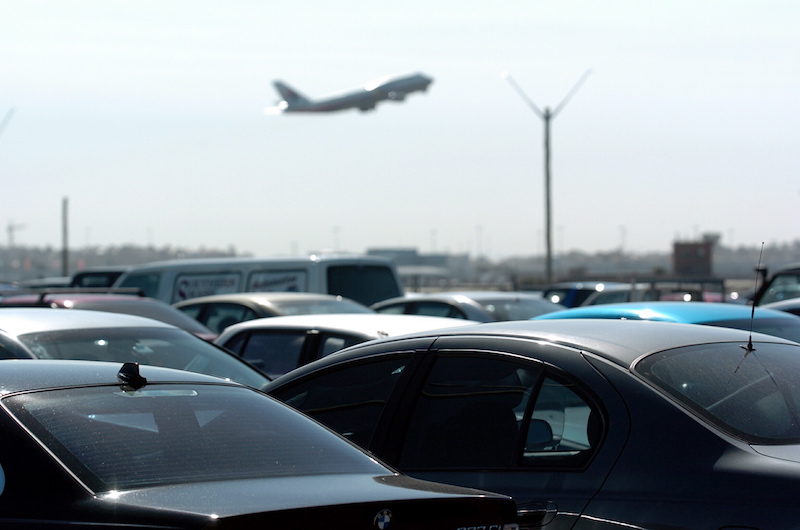The Power Of Economic Moats
Feb 9, 2016economic moat competition investment
“Economic moats” isn’t the name of a company specialising in low cost medieval earthworks. An economic moat is a desirable attribute of a business close to the heart of long term investors. You can google “economic moats” to get a technical definition, but I prefer to illustrate their power through everyday things. And, as we’re business people here and often fly around the countryside for important meetings, what better example than air travel.
Brief and inaccurate anatomy of an airline business

Aircraft:
According to the briefest of google searches a 737-800 costs around $50-100m. An Airbus A380 currently costs US$428m. So you can rack up a few $b in capital expenditure for even a modest fleet.
They are so complicated, too. Apparently a 737 has hundreds of suppliers supplying 367,000 parts and all those parts need to be proven to be airworthy. And that’s nothing. The A380 has a staggering 4 million parts, with 2.5 million part numbers produced by 1500 companies from 30 countries around the world.
With the hundreds of km/miles of cables running around an A380 it’s no wonder they got a bit confused putting it all together.
Even the engines by themselves are super sophisticated. They have divisions of companies dedicated to watching them carefully, in real-time, as you fly around the world to make sure they are performing properly and aren’t likely to lose any important bits before you touch down.
All those hundreds of thousands or millions of parts need to be checked and maintained, too. What a nightmare amazing feat of organisation keeping track of what needs to be done to keep an aircraft airworthy.
Pilots:
An airline has highly trained pilots who really have to know a lot to get you to your destination safely. The training continues throughout their career as the industry learns. For example, training in new ways to get an A340 off the ground without hitting its long tail on the runway, new ways to close the cockpit door to keep terrorists out, new ways to close the cockpit door ensuring two or more crew are in the cockpit at all times in case it turns out the pilot was, in fact, the terrorist. And so on. Keeping the pilots up to date with the onslaught of new rules and regulations is a mission in itself. So of course, there are quite a few people employed to do that.
Other Stuff:
- A team of financial wizards to raise the capital to buy and renew the fleet.
- A sophisticated reservation system to maximise load-factors (aka bums on seats) for each flight.
- A team of operations managers to make sure aircraft, landing slots, gates, fuel, crew, food etc, all come together in that amazing choreography of the modern airport.
- Catering companies have to churn out hundreds of meals taking into account ovolactarians, vegetarians, vegans, pescatarians, gluten-intolerants, etc, etc. And these have to arrive on time and not look too unfresh.
- Frequent flyer points-tracking systems to keep on top of the accrued liabilities. And, no doubt, a team of lawyers, marketers and accountants to figure out how to reduce those liabilities without annoying their most loyal customers. Clearly Singapore Airlines, with their somewhat hasty approach to expiring miles, forgot to include the marketing person in these discussions.
Such a sophisticated operation. Such a well-oiled organisaton. So many shiny new planes painted in wonderful brand colours. What a great business! Who wouldn’t be proud of it.
Brief and inaccurate anatomy of an airport car park business

Patch of Land:
Obviously you need a patch of land to park the cars. Maybe it took a bit of haggling with the local government of the day to get the long term lease set up, and maybe a contractor had to come in to smooth out the bumps and put some tarmac on top. For a really busy airport, maybe a few tonnes of steel and concrete had to be installed to create multiple parking levels.
Ticket Machine And Boom Gates:
Not much to say here really. You need some way to track how long people have parked and a way take money off them when they leave.
Parking Attendant:
Every now and then someone loses their ticket or the boom gate doesn’t work so you need to employ someone with relatively little skill to open the boom gate from time to time, and possibly charge a substantial lost ticket fee.
Other than an accountant and a manager to organise the parking attendants, pay the insurance bill and carry the bags of cash to the bank each day, that’s about it. What a dull, boring, unimpressive business. Nothing to be proud of.
And yet every time I book a week’s parking at the airport I’m staggered to compare the parking bill with the cost of the air ticket. They are often about the same. There are hundreds of millions of dollars in deployed capital, and thousands of moving parts that have to come together for me to fly somewhere. There’s a patch of ground, a boom gate and a parking attendant to store my car for a few days. I would expect the flight to cost at least 20 times more than the car park. What on earth is going on?
Simple. The airport carpark has an economic moat. A sustainable competitive advantage. Once an airport is built there is only one sensible parking option for that airport. Other players can build one down the road, but then you get into the whole “shuttle bus between airport and car” thing which destroys the key reason you drive to and from the airport - convenience. Other players can invest millions building the fanciest car park known to man, but if it isn’t right by the terminal they just aren’t in the game.
On the other hand, given enough capital, it’s relatively straighforward, if somewhat foolhardy, to start a new airline. As a result there is plenty of competition and that drives prices down to subsistence levels. Profitable airline routes are often those served by just one airline. As soon as they get too profitable, another airline steps in to try and take some of that excess profit.
So what is an Economic Moat?
A sustainable competitive advantage that allows you to earn above average rates of return on capital deployed in your business.
Quick “Economic Moat Ready Reckoner”
Supposing you have a nice business that’s earning way in excess of normal returns. There is really only one question you need to ask yourself to check whether it’s sustainable high returns and that you do, in fact, have an economic moat:
If my competitor had a billion dollars to spend on competing with me, what would they do?
Possible answers:
- Spend $10,000 paying a local hack to reproduce what you’ve got and spend the change on yachts, cars and fancy office furniture. You don’t have an economic moat. You should probably have a good think about plan B.
- Spend $200m trying to reproduce what you have, and a year later have something pretty good. You don’t really have an economic moat. You have a head start.
- Spend $20m lobbying their local politician to change the rules in their favour. You have a head start. Hopefully you have good connections with some well-regarded journalists too.
- Spend $1.2b and a decade to reproduce what you have. That sounds like a pretty decent economic moat to me.
- It doesn’t matter how much they spend, they can’t take any business off you without the help of some thugs with AK47s. This is the real deal. When you find a business like this, hang on tight.
A lot of management literature talks about building competitive advantage through hiring well, marketing better, trimming costs from operations and so on. The problem is, anyone can do that. Economic moats, on the other hand, are sustainable. But building them takes a lot of hard work and often a good deal of luck.
Don’t get despondent if you don’t have an economic moat. You can still make a handsome profit if you continue to work hard and work smart. The problems begin when you stop working hard and smart…
To find out more, “The Little Book that Builds Wealth” by Pat Dorsey is a great read.
Photo credits: Qantas, Sydney Airport